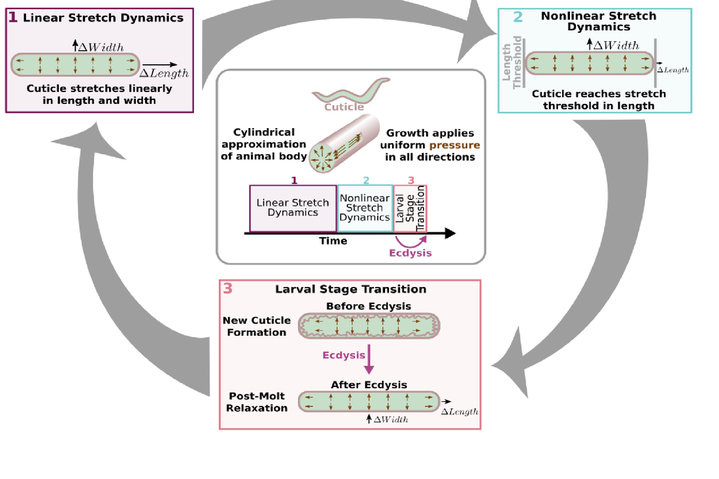Data-driven mechanistic modeling for complex systems design
My primary research goal is to connect the speed and automation of top-down data-driven model selection methods with the explanatory power of bottom-up mechanistic modeling. Mechanistic modeling provides a powerful framework for systems design and optimization, but relies on close integration of model development and experimental validation. Data science methods promise rapid, automated, descriptions and predictions for complex systems, generally without knowledge of underlying mechanism. By combining the two, I can more rapidly develop explanatory mechanistic models that can be used to optimize system performance and design engineering solutions.
